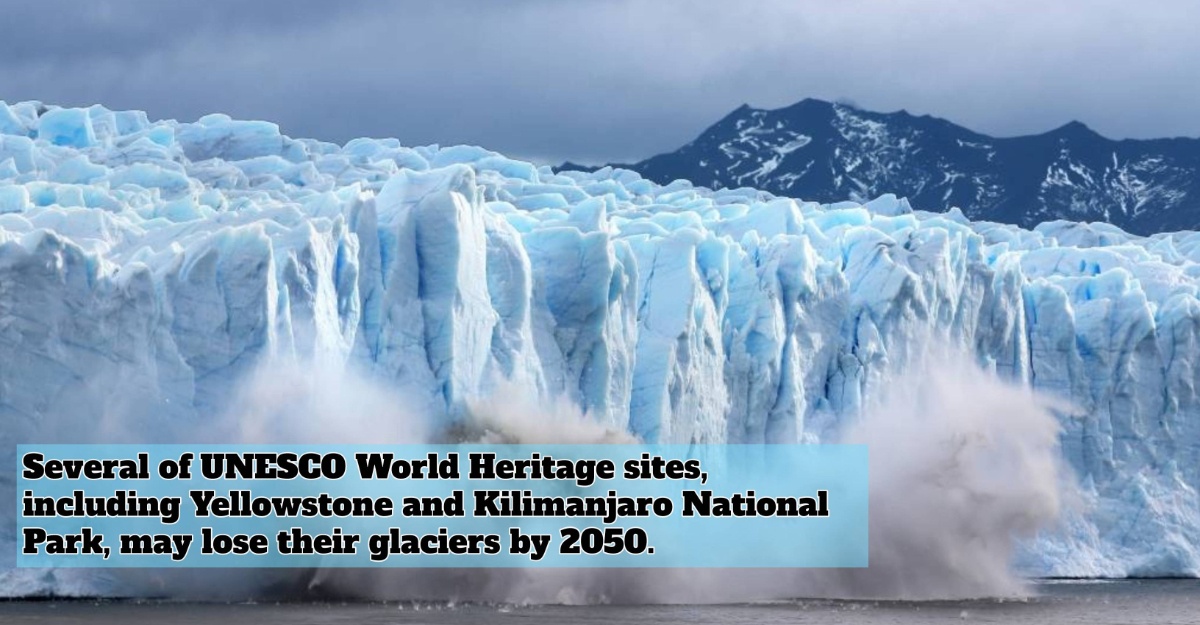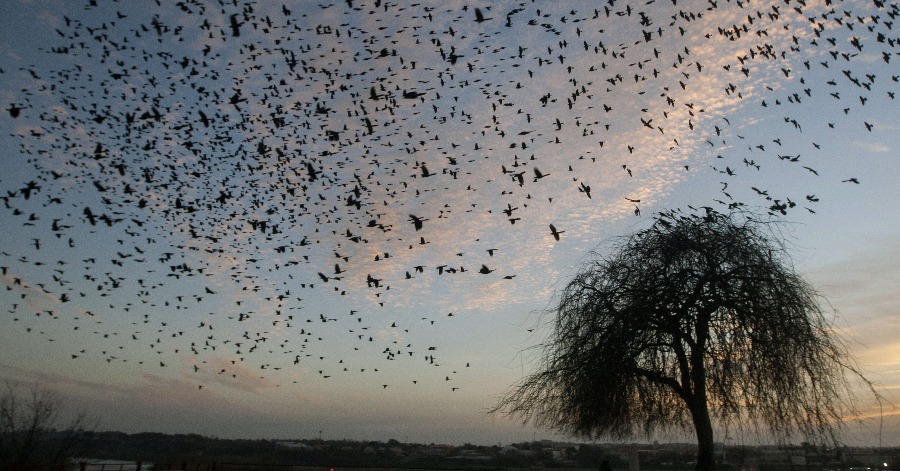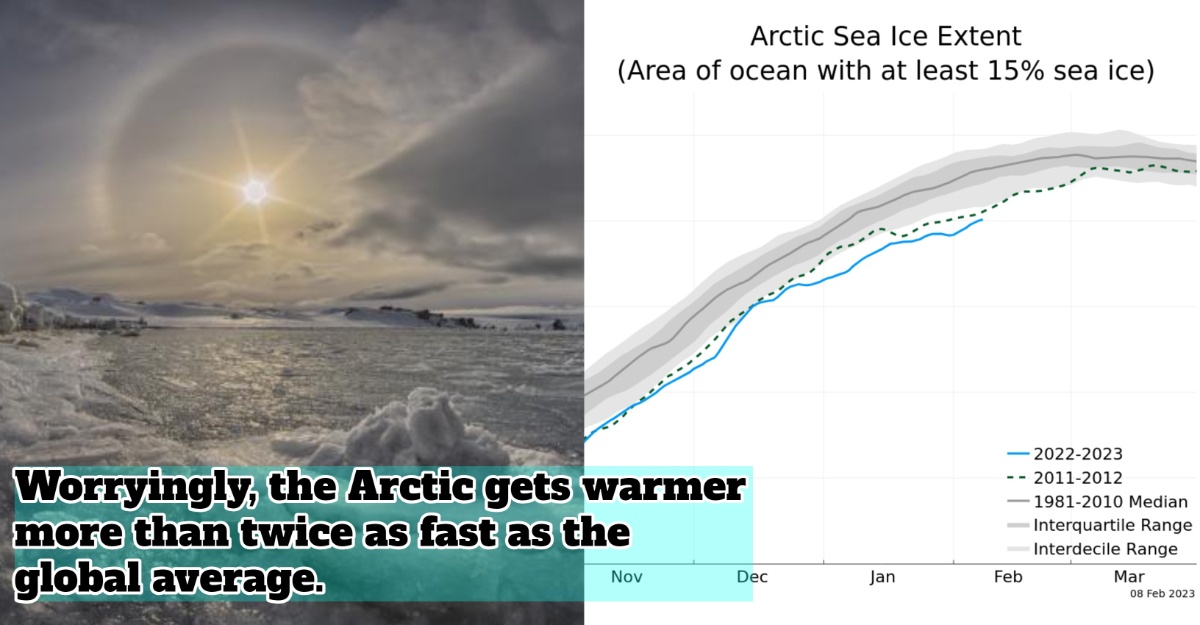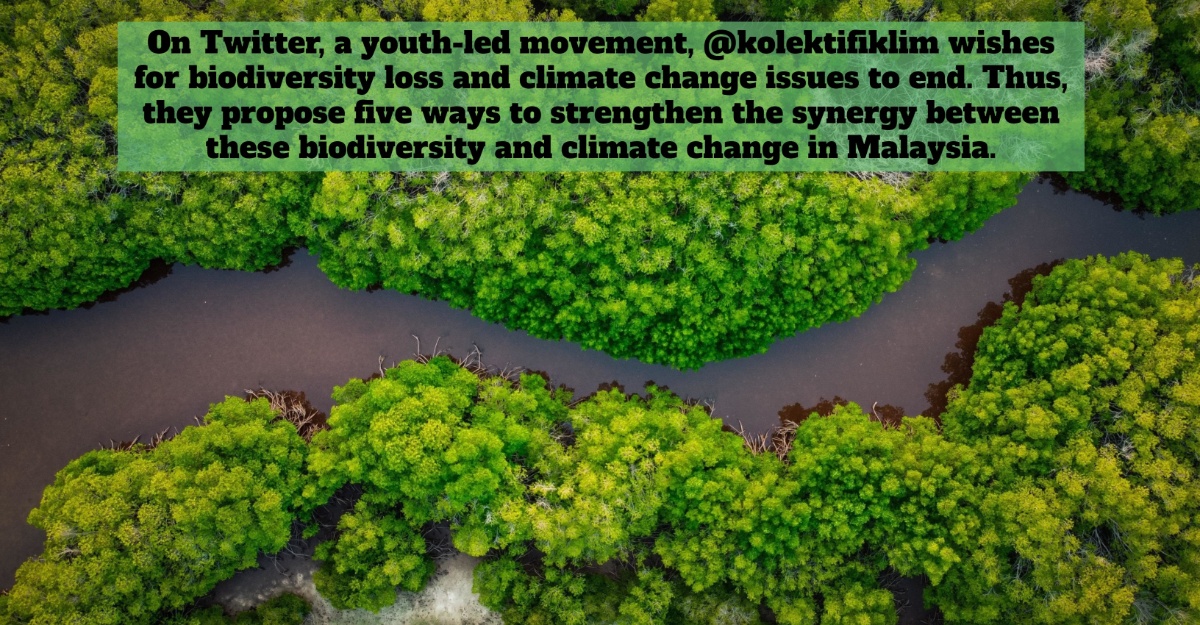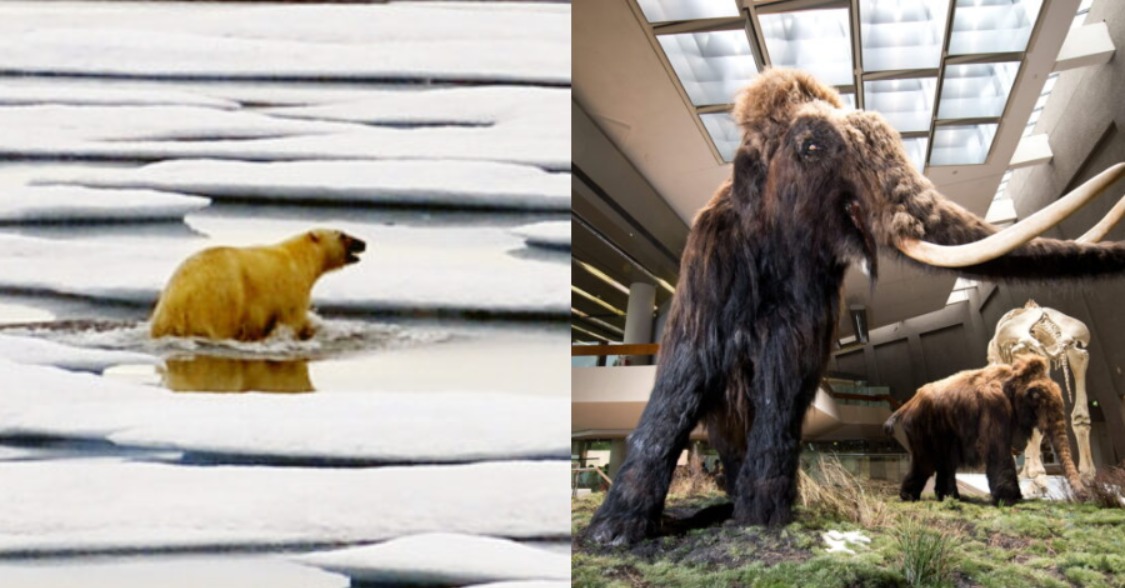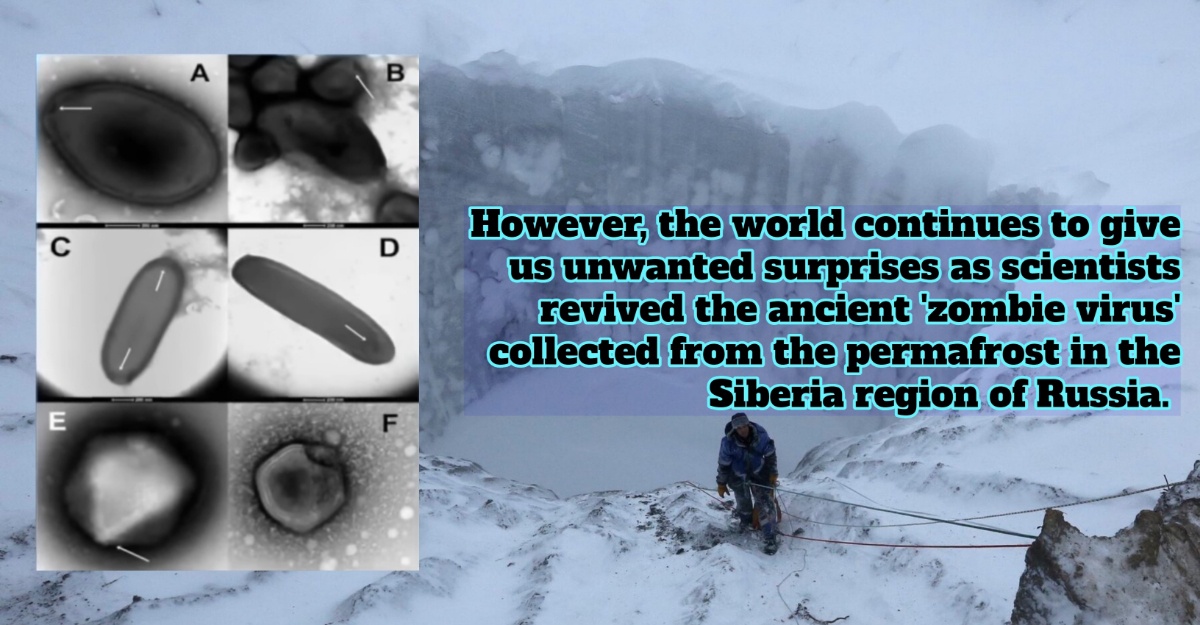Several UNESCO World Heritage sites, including Yellowstone and Kilimanjaro National Park, may lose their glaciers by 2050. The United Nations (UN) warns governments to take rapid action to protect it.
The warning comes after a study of 18,600 glaciers across 50 World Heritage Sites. The study found that glaciers at a third of the sites will inevitably perish. The sites have a combined area of approximately 66,000 square kilometers.
According to UNESCO, the study “shows these glaciers have been retreating at an accelerated rate since 2000 due to CO2 emissions, which are increasing temperatures.”
“Glaciers in a third of the 50 World Heritage sites are sentenced to vanish by 2050, regardless of attempts to control temperature rises.”
“But it is still possible to save the glaciers in the remaining two thirds of sites if the rise in temperatures does not exceed 1.5°C compared to the pre-industrial period.”
Annually, we lose around 58 billion tonnes of glacier ice loss which is approximately a 5% increase in sea level. This is almost equivalent to the water consumption of France and Spain put together for a whole year.
Furthermore, Mount Kenya and Kilimanjaro National Park are Africa’s World Heritage Sites that UNESCO predicts will be glacier-free by 2050. Not only that, some of Europe’s Pyrenees and Dolomites glaciers may potentially disappear in the next three decades.
The glaciers at Yosemite and Yellowstone, two of America’s most popular national parks, may experienced the same thing. The melting of ice and snow is one of the top 10 issues of climate change.
Source: Wionews

